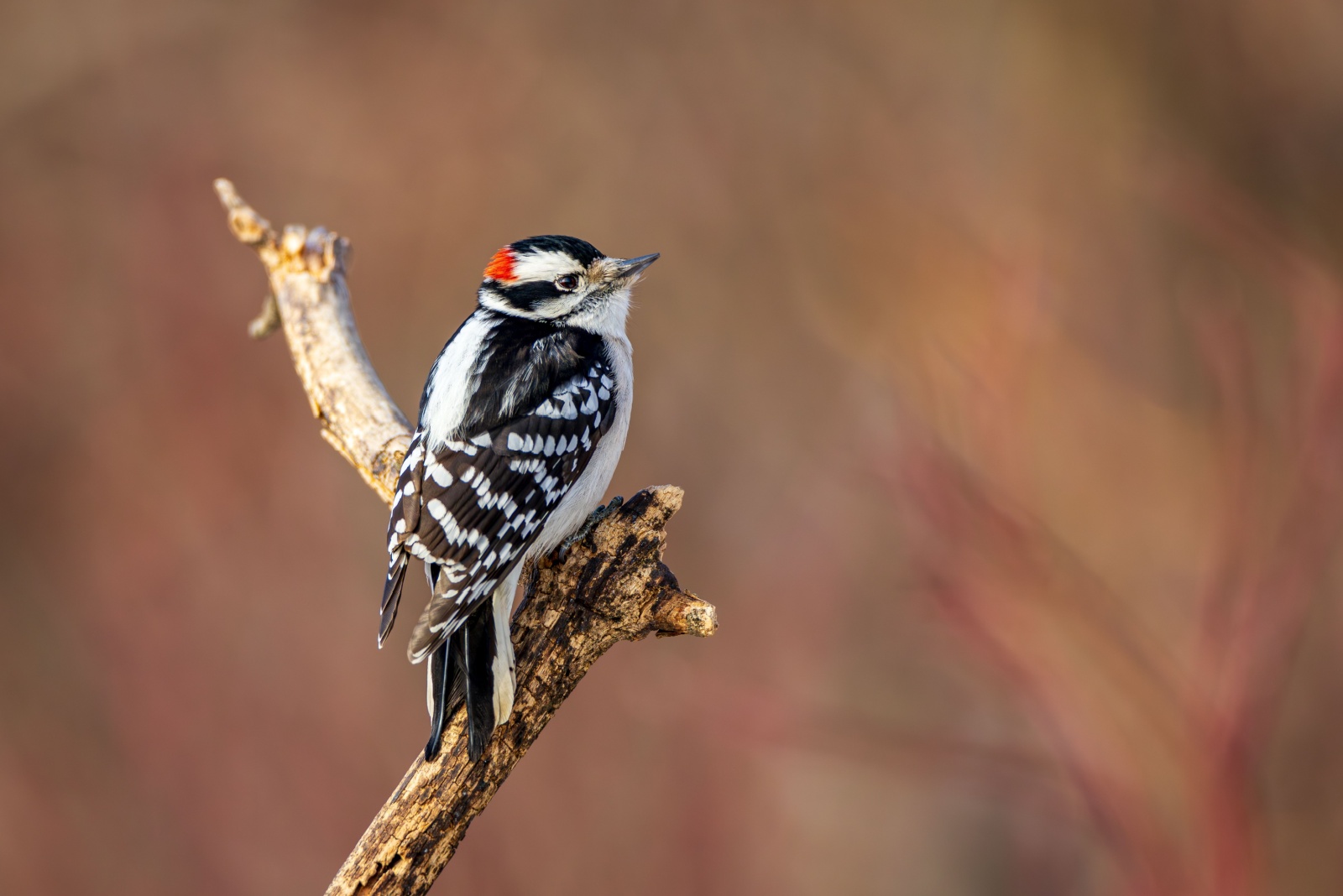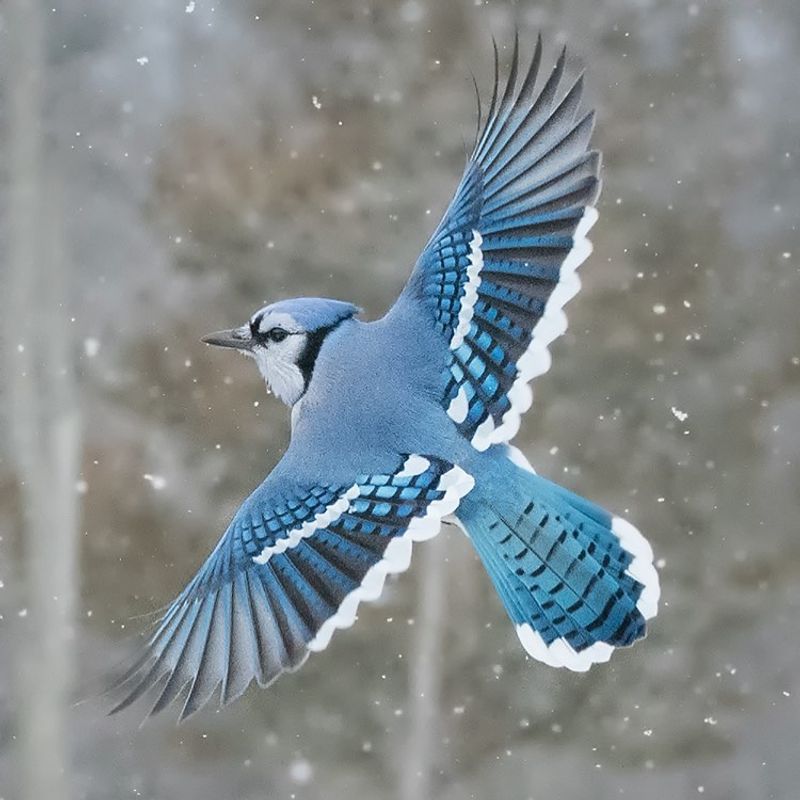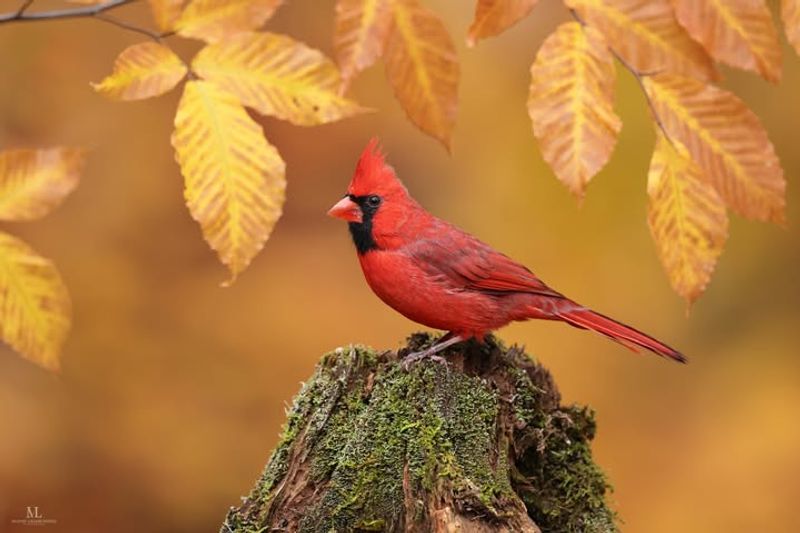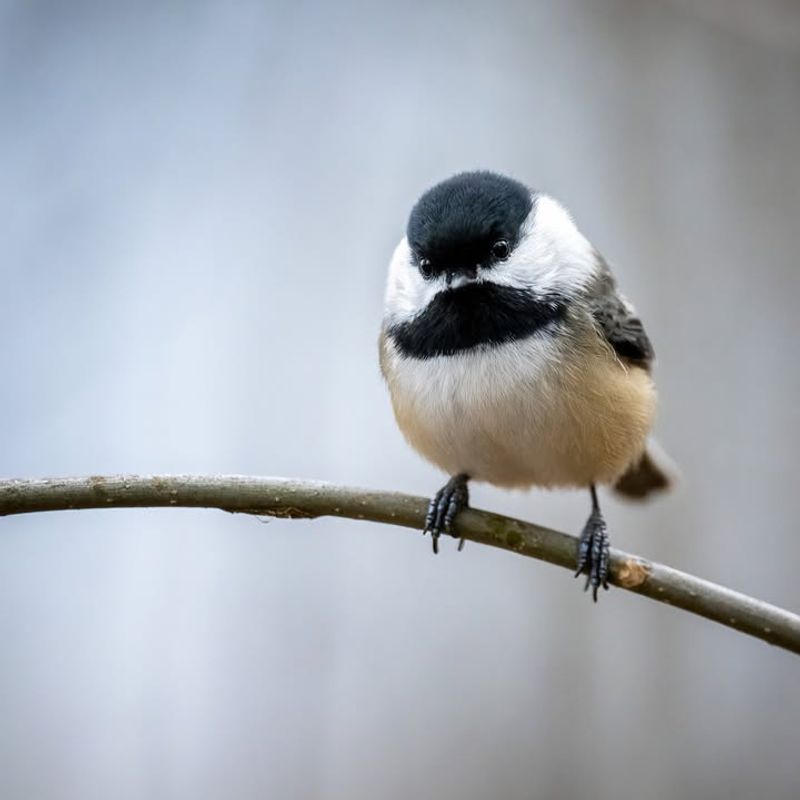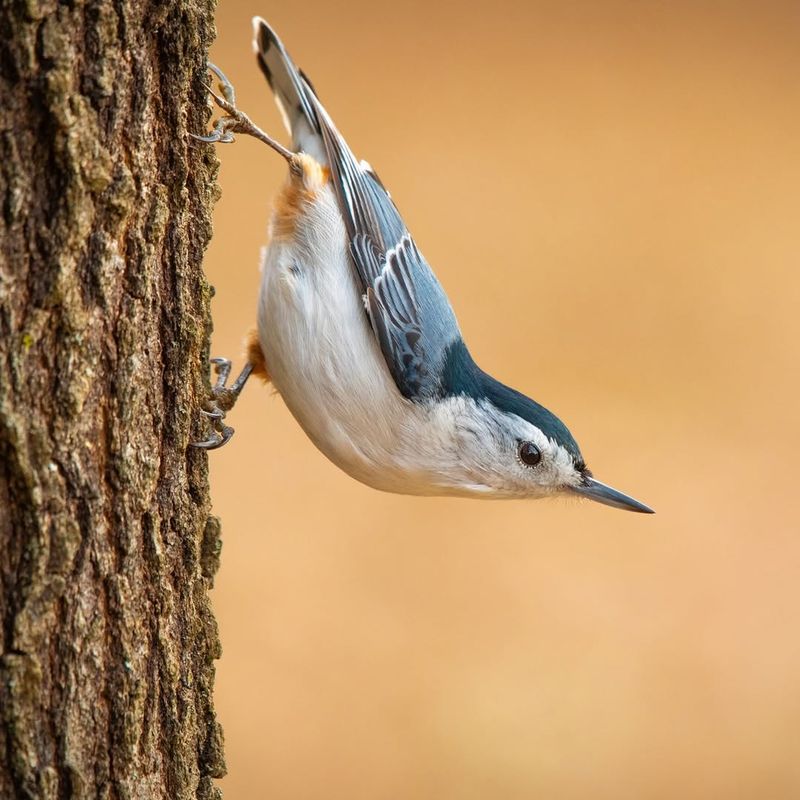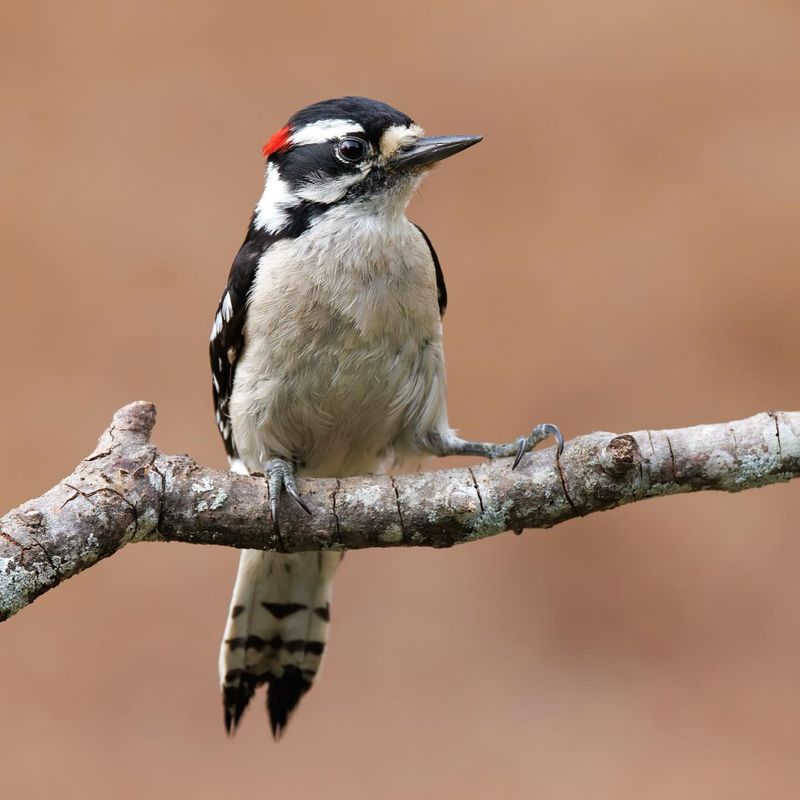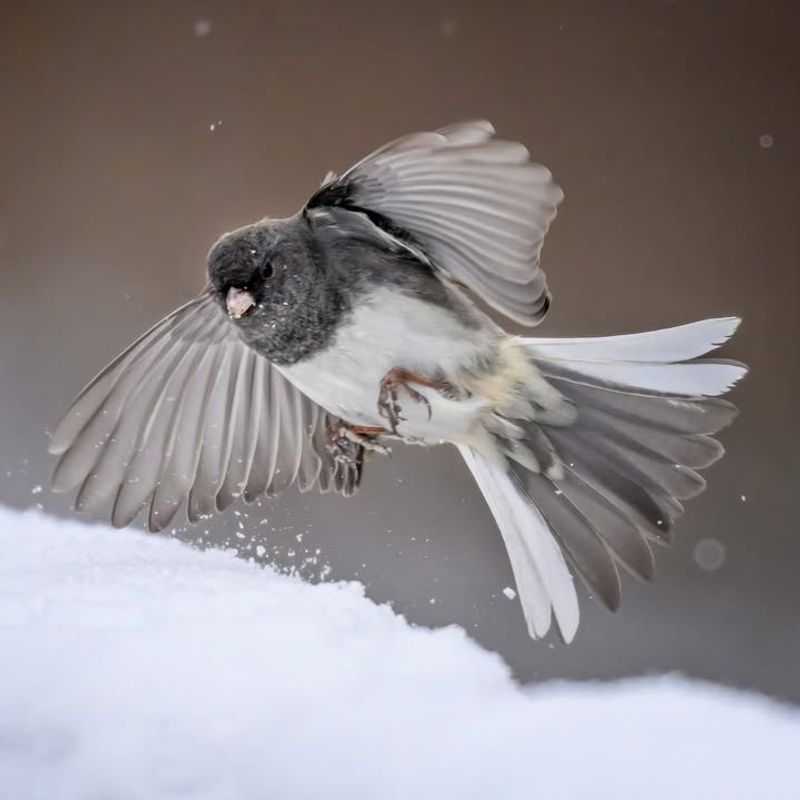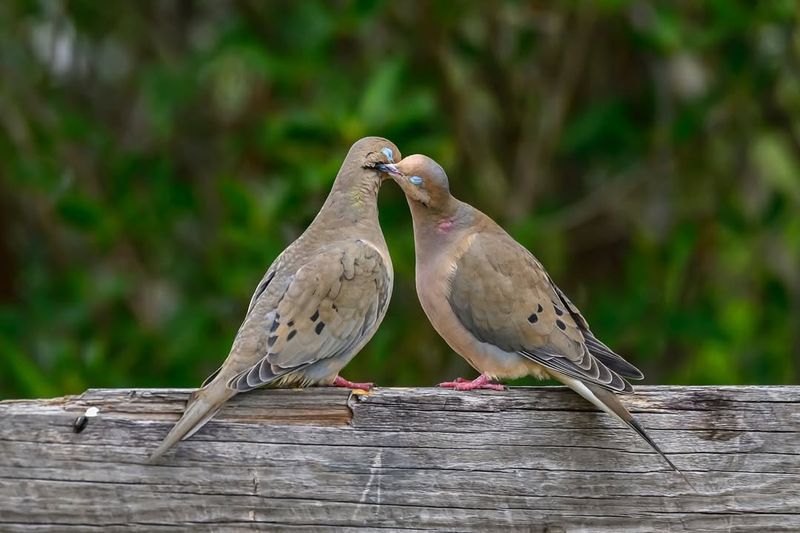Fall turns Ohio backyards into lively birdwatching spots as temperatures drop and migration begins. Suddenly, your trees and feeders are full of feathered visitors on the move.
Watching these birds brings a quiet kind of joy—nature unfolding just beyond the glass. It’s a peaceful way to stay connected to the changing season.
I’ve found that learning to spot common fall birds makes the experience even richer. You start to notice patterns, personalities, and the rhythm of autumn all around you.
1. American Robin
Bright orange breasts make robins impossible to miss as they hop across your lawn searching for earthworms. During autumn, you might spot them gathering in larger flocks than usual, preparing for their journey south.
Listen for their cheerful, musical song at dawn and dusk. Robins love berry-producing shrubs and trees, so planting native species like dogwood or holly can attract them to your yard throughout the season.
2. Blue Jay
Bold and noisy, blue jays announce their presence with loud calls that echo through neighborhoods. Their stunning cobalt feathers and distinctive crest create an eye-catching display against fall foliage.
Watch them stash acorns in various hiding spots for winter meals. Blue jays are surprisingly intelligent, capable of mimicking hawk calls to scare away other birds from feeders. Offer peanuts and sunflower seeds to keep them visiting regularly.
3. Northern Cardinal
Males flash brilliant red plumage that stands out beautifully against autumn leaves and early snowfalls. Females wear softer tan colors with reddish tinges on their wings and crests.
Cardinals stay in Ohio year-round, making them reliable backyard companions. Their strong beaks crack open tough seeds with ease, and they prefer feeding on platform feeders or directly on the ground. Plant dense shrubs for nesting spots they appreciate.
4. Black-Capped Chickadee
Tiny but fearless, chickadees bring constant energy to backyard feeders with their acrobatic feeding style. Their distinctive black cap and bib contrast sharply with fluffy white cheeks.
You can recognize them instantly by their cheerful chick-a-dee-dee-dee call. Fall brings increased activity as they cache food for winter survival. Surprisingly bold, chickadees may even eat from your hand with patience and stillness on your part.
5. White-Breasted Nuthatch
Walking headfirst down tree trunks sets nuthatches apart from every other backyard bird. Their blue-gray backs and crisp white faces create a striking appearance against rough bark.
Listen for their nasal yank-yank calls as they search for insects hiding in crevices. Nuthatches wedge seeds into bark and hammer them open with their pointed beaks. Suet feeders attract them easily during cooler fall months when insects become scarce.
6. Downy Woodpecker
Drumming sounds echo from tree trunks as downy woodpeckers search for beetle larvae beneath the bark. Males sport a small red patch on the back of their heads, while females lack this colorful marking.
As North America’s smallest woodpecker, downies measure only six inches long. They visit suet feeders frequently during fall and winter. Watch them cling to branches using stiff tail feathers as support while pecking.
7. Dark-Eyed Junco
Often called snowbirds, juncos arrive in Ohio as temperatures drop, signaling winter’s approach. Their slate-gray hoods and bright white bellies create a clean, crisp appearance.
Ground feeders by nature, juncos prefer hopping beneath feeders to collect fallen seeds. Watch for the flash of white outer tail feathers when they take flight. Their soft trilling calls add gentle background music to chilly fall mornings in your yard.
8. American Goldfinch
Bright yellow summer feathers fade to olive-brown tones as goldfinches molt into their fall wardrobe. Males and females look nearly identical during autumn months, making identification trickier.
Their bouncy, roller-coaster flight pattern helps you spot them easily. Goldfinches adore thistle and nyjer seeds, so specialized feeders attract large flocks. Did you know they’re one of the latest nesters, raising chicks well into summer?
9. Mourning Dove
Soft cooing calls give mourning doves their melancholy name, though they’re actually quite common and adaptable. Their plump bodies and long, pointed tails make them easy to identify in flight.
Doves prefer eating seeds scattered on the ground rather than perching at elevated feeders. Watch them puff up their feathers on cool fall mornings to trap warm air. They mate for life and often travel in pairs throughout the season.

